How Are You Preparing?
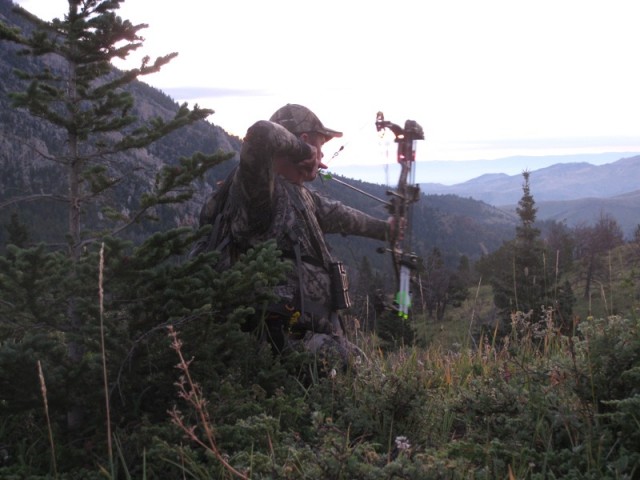 By now, we all know what elk tags we have drawn for this fall and are busy making plans. Maybe you drew a tag for your favorite area or maybe a unit in another state that you’ve never hunted before. Even if you have a tag for your favorite unit, don’t be complacent about getting ready. Go out and explore some drainages or mountains you’re not familiar with. Knowledge and familiarity with your hunt area definitely contributes to success.
By now, we all know what elk tags we have drawn for this fall and are busy making plans. Maybe you drew a tag for your favorite area or maybe a unit in another state that you’ve never hunted before. Even if you have a tag for your favorite unit, don’t be complacent about getting ready. Go out and explore some drainages or mountains you’re not familiar with. Knowledge and familiarity with your hunt area definitely contributes to success.
While not completely essential, everyone should be doing as much physical training as possible for the upcoming elk season. Yes, unfit and overweight hunters harvest big bulls every year, but you will increase you odds of success exponentially if you are fit. I’ll leave the science and methods of exercising to the experts, but will stress to do whatever you can from now until the season working on getting fit.
In this article, I want to focus more on the planning, scouting and practicing methods that should help you this fall. While this approach is geared to archery hunting, rifle hunters can apply many of the same principals.
Checkout Gear
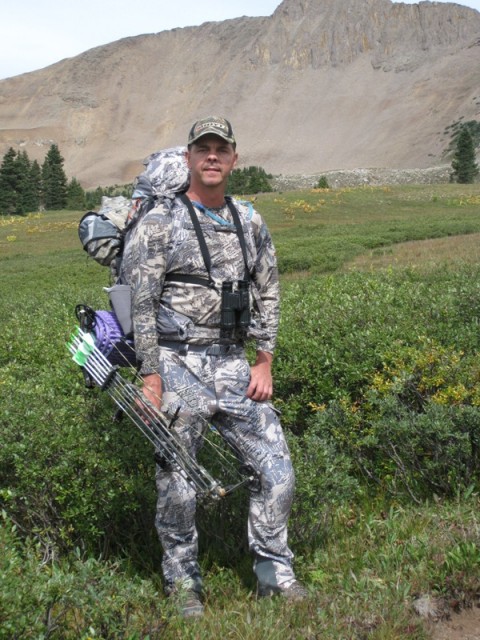 July is a great time to check all equipment. Have your bow string replaced or make sure to wax it good. Have the timing checked on your bow. If you haven’t done so already, start practicing with broadheads. Load up your backpack and go on real trips or “fake” trips in your back yard. If you have kids, get them in on the fun. Some of my best memories are “camping” in the back yard or living room with my son. Make sure everything in your pack works: stove, water filter, headlamps and flashlights. Check zippers on tents and sleeping bags. Check for air leaks in your sleeping pad. Sharpen knives, practice your calling, etc… Checkout anything else in your pack or on your list.
July is a great time to check all equipment. Have your bow string replaced or make sure to wax it good. Have the timing checked on your bow. If you haven’t done so already, start practicing with broadheads. Load up your backpack and go on real trips or “fake” trips in your back yard. If you have kids, get them in on the fun. Some of my best memories are “camping” in the back yard or living room with my son. Make sure everything in your pack works: stove, water filter, headlamps and flashlights. Check zippers on tents and sleeping bags. Check for air leaks in your sleeping pad. Sharpen knives, practice your calling, etc… Checkout anything else in your pack or on your list.
Know Regulations
Often this is an overlooked detail. Make sure to study regulations for where you will be hunting. Know the state laws: Do you need a conservation stamp? Do you need an archery stamp? Make sure your hunting equipment complies with law requirements.
Cameras
Brush up on your camera knowledge. Most hunters don’t know what their camera is capable of. Play with it and at least make sure you know how to use the self timer before you leave on your hunt. Plan on taking enough time to photo-journal your entire trip. Sure, hero photos are great, but if that’s all you have at the end of a weeklong hunt, you are cheating yourself of a lot of memories. Good photos and lots of them are a good way to tell the complete story of your adventure. If you ever have notions about publishing a story about your hunt, good photo documentation is a must.
Hunt Planning
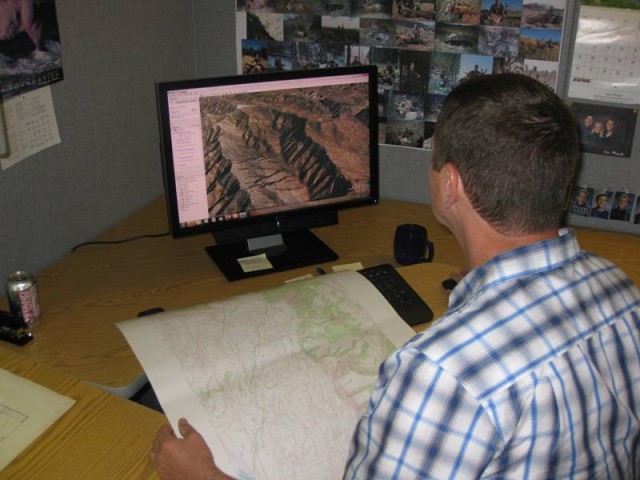 Leave nothing to chance and investigate every possibility of information. Use Game and fish Department resources to research units, draw odds, hunter success, etc… Contact the state Game and Fish department and ask to speak to the biologist and game warden assigned to the particular hunt areas you are interested in. Be prepared to talk about specifics; this means you should have done your homework and studied maps of the area for general background knowledge. BLM or Forest maps are sufficient when gathering this information. As time goes on and you narrow your focus, then you can order the topographic maps you need. County Assessors and Clerks offices can also be great resources for geographic information. In fact you may be able to get a printout of an aerial photo with landowner information on it. It’s worth checking out.
Leave nothing to chance and investigate every possibility of information. Use Game and fish Department resources to research units, draw odds, hunter success, etc… Contact the state Game and Fish department and ask to speak to the biologist and game warden assigned to the particular hunt areas you are interested in. Be prepared to talk about specifics; this means you should have done your homework and studied maps of the area for general background knowledge. BLM or Forest maps are sufficient when gathering this information. As time goes on and you narrow your focus, then you can order the topographic maps you need. County Assessors and Clerks offices can also be great resources for geographic information. In fact you may be able to get a printout of an aerial photo with landowner information on it. It’s worth checking out.
Scouting Resources
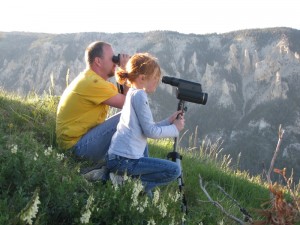 There is no real substitute for actual on the ground scouting, so if you have the time and can afford it, by all means check out your area personally. Maybe it will just be a fast weekend trip with the family, but laying eyes on your area before you show up to hunt is extremely advantageous. My advice on these quick scouting trips is to cover as much ground as possible, making notes on your maps and taking photographs of likely places.
There is no real substitute for actual on the ground scouting, so if you have the time and can afford it, by all means check out your area personally. Maybe it will just be a fast weekend trip with the family, but laying eyes on your area before you show up to hunt is extremely advantageous. My advice on these quick scouting trips is to cover as much ground as possible, making notes on your maps and taking photographs of likely places.
Networking with other hunters can’t be overstated. Hunting Forums like Elk101.com or Bowsite.com are great places to gather information or advice from others who have previously hunted your area and possibly establish local contacts. Most forum users are generous with information. They may not provide their own personal hotspots, but could very well get you pointed in the right direction. It’s all about how you approach it and ask questions. Be polite and be extremely confidential with any information you do receive.
I recommend downloading the free version of Google Earth and learning how to use it. It is very simple and allows you to view places with fairly current aerial photographs. You can check layer boxes to display different map features. You can zoom in and out, viewing the topography from different altitudes and use the tilt function to get a 3 dimensional view of your area. You can read the latitude and longitude of the pointer location right on the screen and use these with your GPS unit for scouting and hunting. It is an outstanding scouting tool! Getting the right topographic maps is also necessary. Study them together, with the map on your desk and Google Earth on your computer. Visit www.mytopo.com and they can custom build a seamless waterproof map of your hunting area for a reasonable price.
Practice and Visualization
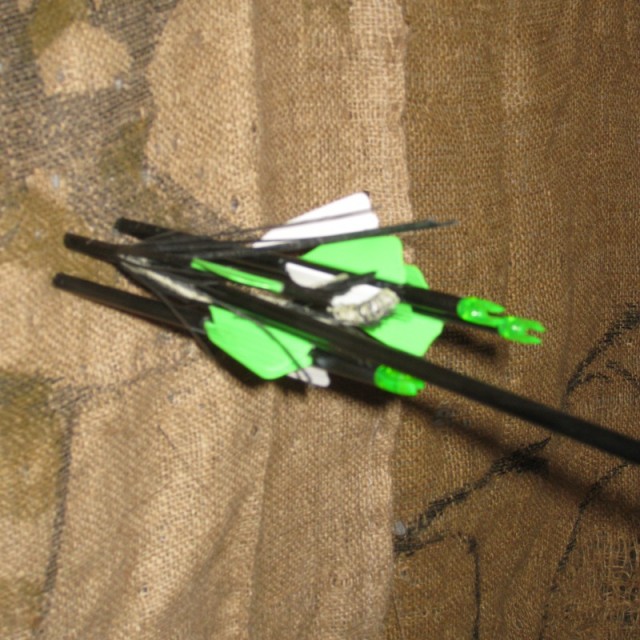 Practice like you mean it! Practice sessions are where you can develop your predator skills; stalking animals with or without a bow is how you perfect those skills. I personally don’t compete much in 3D shoots but they can be a great way to develop confidence in stressful conditions. Personally I like to visit the woods or mountains, roving and stump shooting. I do this in full hunting gear, daypack and binoculars included. I simultaneously use visualization while stalking and shooting at stumps, dirt clods or pine cones. I’ll spot something in the distance; pretend it’s a big buck or bull, quickly analyze a good stalking path and commence hunting. Yes hunting! I’ll hunch over or crawl, all the while pretending it’s a real animal I’m stalking. I use this time to practice with my range estimation, backing it up with my rangefinder. When I make it within range of my target, I simulate the shot as if it’s the one and only one I’ll get all season and put pressure on myself to make it count. Practice sessions like are extremely effective. Remember to visualize your target animal while stalking and shooting. It will pay off for you.
Practice like you mean it! Practice sessions are where you can develop your predator skills; stalking animals with or without a bow is how you perfect those skills. I personally don’t compete much in 3D shoots but they can be a great way to develop confidence in stressful conditions. Personally I like to visit the woods or mountains, roving and stump shooting. I do this in full hunting gear, daypack and binoculars included. I simultaneously use visualization while stalking and shooting at stumps, dirt clods or pine cones. I’ll spot something in the distance; pretend it’s a big buck or bull, quickly analyze a good stalking path and commence hunting. Yes hunting! I’ll hunch over or crawl, all the while pretending it’s a real animal I’m stalking. I use this time to practice with my range estimation, backing it up with my rangefinder. When I make it within range of my target, I simulate the shot as if it’s the one and only one I’ll get all season and put pressure on myself to make it count. Practice sessions like are extremely effective. Remember to visualize your target animal while stalking and shooting. It will pay off for you.
Sure it’s fun to fling arrows at the range with buddies, but you can still make it fun but competitive. When out on the range with buddies, we will often jog between targets, then try to execute a good shot while out of breath and while a buddy yells, claps, or otherwise tries to distract the shooter. I think it resembles a pro basketball player when he hits the foul line and has to focus on his routine and executing a good shot despite all the distractions.
Bottom line is check out anything and everything you think you may need on your elk hunting trip. Make sure it’s all in good working order before you ever need it. Good luck!
